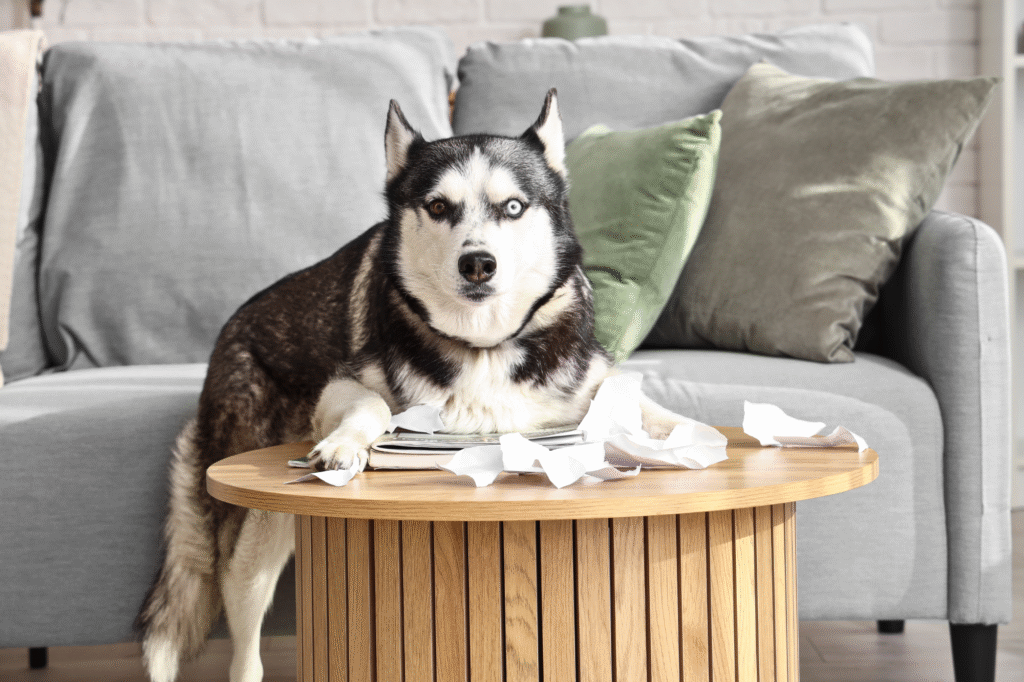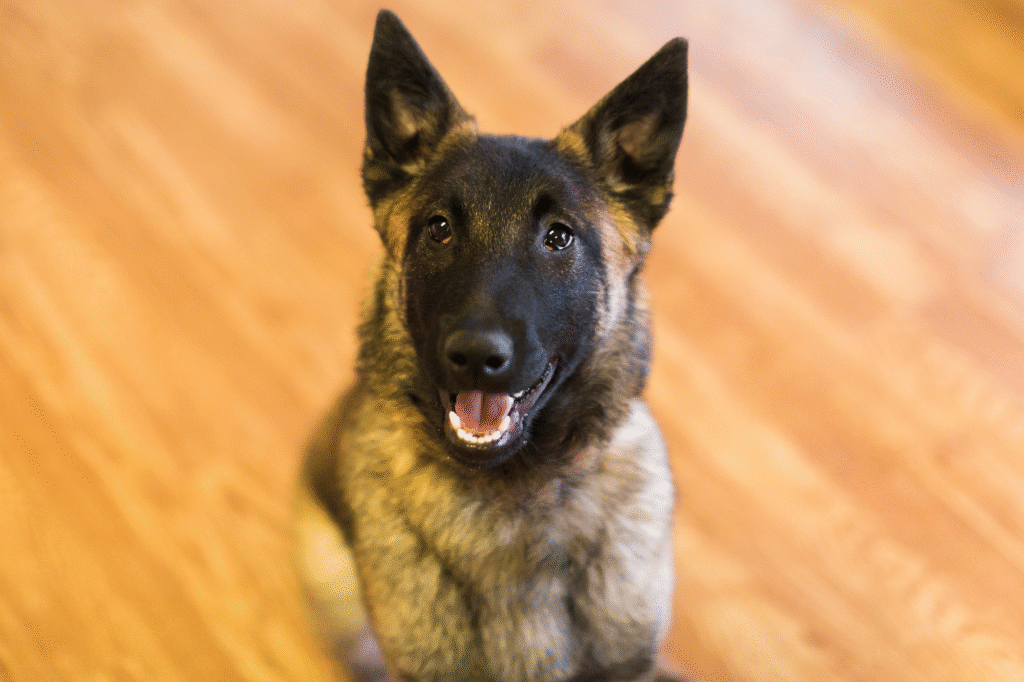These pups look cute on paper but become a serious challenge in tight city spaces.

New York apartments aren’t exactly known for space, and dogs that need room to run or bark like it’s their full-time job can turn city living into chaos. Choosing the wrong breed for apartment life means noise complaints, chewed furniture, and some seriously unhappy neighbors. These dogs are incredible in the right setting, but in cramped NYC living, they can be a handful most people aren’t ready for.
1. Belgian Malinois can’t handle tiny living rooms.

According to the American Belgian Malinois Club, these dogs were bred for military and police work, requiring intense mental stimulation and hours of exercise. Living in a one-bedroom apartment means all that energy has nowhere to go, leading to destructive behaviors like chewing and pacing. In NYC, where even parks are crowded and loud, this breed’s drive can overwhelm most owners. Malinois excel in jobs, but without them, they often develop behavioral problems that no amount of quick hallway walks can fix.
2. Siberian Huskies treat walls like suggestions.

As stated by the Siberian Husky Club of America, these dogs were built to pull sleds across frozen landscapes for miles a day. Confined city living without constant activity can make them restless, loud, and sometimes destructive. Their notorious howling carries through thin apartment walls like an echo chamber, often resulting in noise complaints. Without large open spaces or long runs, huskies quickly grow bored, which usually means torn furniture and annoyed neighbors in an NYC apartment setup.
3. Airedale Terriers have more energy than your whole block combined.

Reported by the American Kennel Club, Airedales are the largest of the terrier breeds and have strong hunting and working instincts. They require frequent exercise and mental challenges to stay balanced. Apartment living in NYC doesn’t offer the space or stimulation these dogs crave, which can lead to chewing, digging, and general chaos indoors. Their vocal nature adds another issue for neighbors, especially in buildings where walls feel more like cardboard than actual sound barriers.
4. Border Collies demand jobs, not studio apartments.

Considered one of the most intelligent dog breeds, Border Collies need constant engagement to avoid boredom. They were developed for herding and thrive on tasks that stimulate their minds. An NYC apartment with no sheep and limited space doesn’t cut it, which often leads to obsessive behaviors like chasing shadows or destroying toys out of frustration. While they’re affectionate and loyal, these dogs shine best in settings where activity is a lifestyle, not a weekend plan.
5. Great Danes can take up more room than your furniture.

Their sheer size alone makes them impractical for most NYC apartments. A Great Dane needs space to stretch and move freely, and even a large apartment can feel cramped with a 150-pound dog lounging around. Their long limbs and tails mean broken vases and crowded hallways become everyday hazards. While gentle and friendly, Great Danes are better suited to homes with big yards where they can roam without knocking over your coffee table every time they stand up.
6. Jack Russell Terriers don’t know how to chill.

These tiny but high-energy dogs seem perfect for apartment life until you realize how much activity they require. They were originally bred to hunt foxes, which means they have boundless stamina and a need for constant stimulation. In an NYC apartment, that often translates into excessive barking, jumping on furniture, and digging into anything that even looks like it could hide a toy. Without serious exercise and training, they quickly overwhelm busy city owners.
7. Afghan Hounds prefer elegance, not crowded sidewalks.

Known for their striking appearance and independent nature, Afghan Hounds need wide-open spaces to sprint and play. Their long legs and need for exercise make them ill-suited for crowded apartment living. These dogs also tend to be aloof and stubborn, making city training a challenge. Their grooming needs add another layer of difficulty in small apartments with limited bathing space, making them better suited for suburban or rural homes where they can roam freely and look glamorous doing it.
8. Dalmatians love running more than resting.

Originally bred as carriage dogs, Dalmatians thrive on running long distances and staying active. Small city apartments don’t meet their exercise needs, often leaving them bored and destructive. They are also known for being strong-willed, and without enough stimulation, they can become loud and restless, which doesn’t pair well with thin NYC walls. While their unique spotted coats draw attention, their energy levels can quickly exhaust owners unprepared for daily high-intensity activity.
9. Weimaraners need more freedom than city life offers.

These athletic dogs are built for endurance and hunting, making them happiest when given wide areas to roam. A cramped apartment with only short street walks often leads to stress behaviors like barking, chewing, and restlessness. Weimaraners bond closely with their owners and can develop separation anxiety, which is amplified in small spaces where their frustration has nowhere to go. They’re stunning, loyal dogs, but they’re better matched with wide-open living, not crowded high-rises.
10. Australian Shepherds don’t stop moving, even in their sleep.

Bred for herding livestock, Australian Shepherds thrive on working, running, and staying busy. NYC apartment living limits their movement and mental stimulation, which can lead to excessive barking and hyperactive behaviors. They also shed heavily, adding another headache in small spaces where fur spreads quickly. While intelligent and affectionate, they demand an active lifestyle with plenty of room to burn off energy—something city apartments rarely provide without a serious time commitment from their owners.
